United States of Cannabis: How Marijuana Is Tested in Each American State?
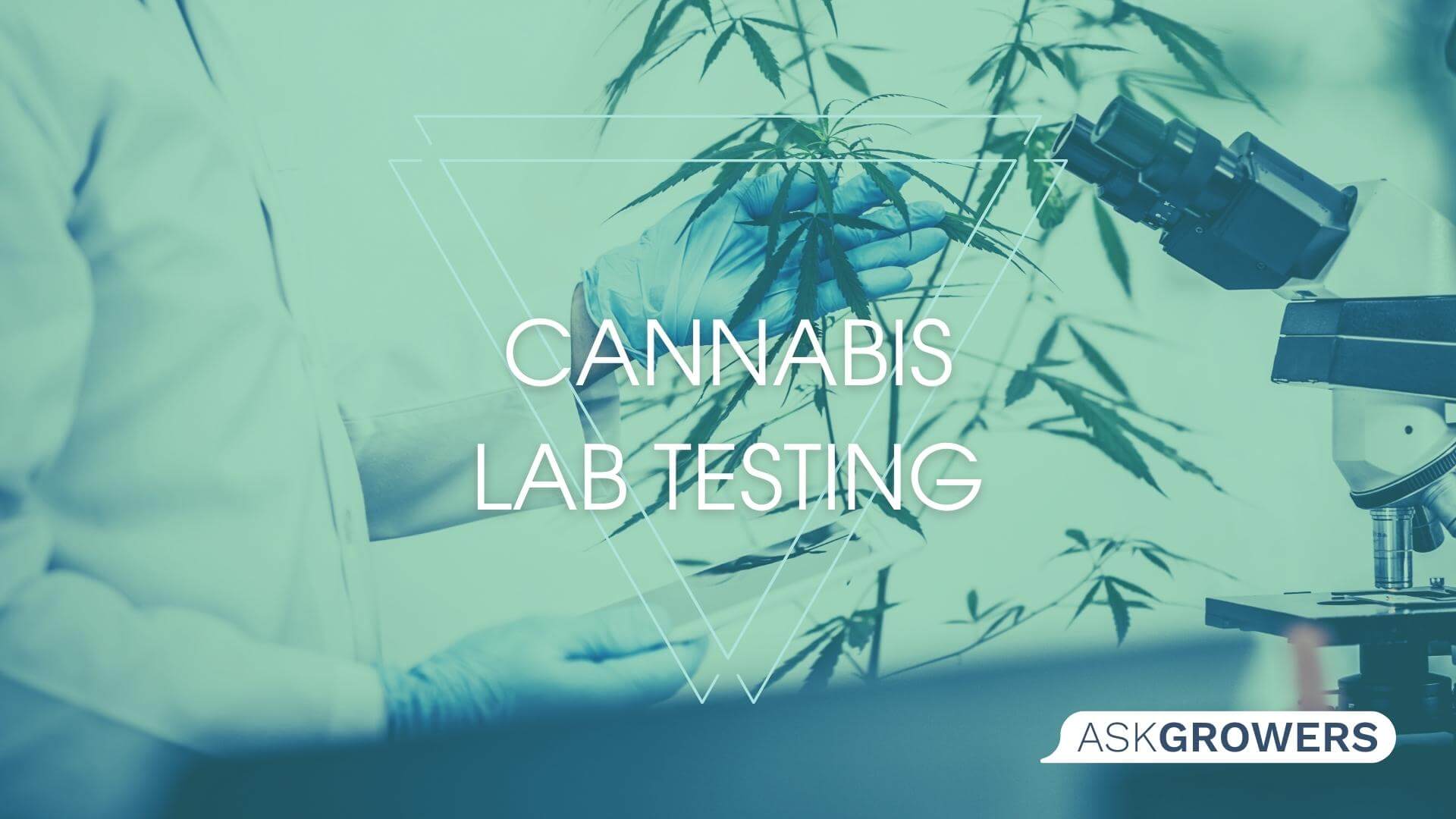
- Compliance, Compliance, and More Compliance
- What’s in Your Cannabis
- What Shouldn’t Be in Your Cannabis
- The Tests
- Testing Standards by State
- Alaska
- Arizona
- Arkansas
- California
- Colorado
- Connecticut
- Delaware
- District of Columbia
- Florida
- Georgia
- Hawaii
- Illinois
- Maine
- Maryland
- Massachusetts
- Michigan
- Minnesota
- Missouri
- Montana
- Nevada
- New Hampshire
- New Jersey
- New Mexico
- New York
- North Dakota
- Ohio
- Oklahoma
- Oregon
- Pennsylvania
- Rhode Island
- Texas
- Utah
- Vermont
- Virginia
- Washington
- West Virginia
- Top States Where Cannabis Is Tested the Best
- There’s Always Room for Improvement
- Conclusion
- References
Lab testing plays an essential role in the legal cannabis market. Unfortunately, because of cannabis’ legal standing, there is no overarching national standard for testing. This means that each state is required to come up with their own requirements, and there are definitely differences across the board.
Testing isn’t just about finding things that shouldn’t be in your cannabis. As well as making sure a product is free from contaminants and safe to consume, labs are also making sure we have an accurate picture of the cannabinoid and, if you are lucky, the terpene profiles in each product.
We’ve asked Roger Brown, President and Founder of ACS Laboratory, to share his opinion on the latest trends in testing cannabis.
Mr. Brown
“In the last couple of years, terpenes have become extremely important to sales, marketing, and branding efforts because their presence determines the strain’s scent and flavor profile, physical effects, and wellness benefits.”
Testing isn’t just about finding things that shouldn’t be in your cannabis. As well as making sure a product is free from contaminants and safe to consume, labs are also making sure we have an accurate picture of the cannabinoid and, if you are lucky, the terpene profiles in each product.
Every cannabis product is required to go through testing in order to be sold. Some states have a thorough set of standards that clearly identifies what shouldn’t be found in cannabis. However, there are other states that have close to no standards at all. They simply use an honor system that requires cultivators to produce safe products...that’s it! As you can imagine, some people have taken advantage of this honor system.
Since there is so much variation in testing, it is important, as a consumer, to understandard what you are putting in your body. So, let’s take a closer look at what standards look like in cannabis testing.
Compliance, Compliance, and More Compliance
If you have worked on any level of the legal cannabis market, you have probably woken up in the middle of the night from a nightmare about being out of compliance. Compliance represents the path cannabis products take in order to be legally sold—each state dictating their own protocols and standards at every level of cannabis production.
Just like producers and retail sellers, labs are required to meet specific compliance standards in order to legally operate. Specialized equipment is required, and the equipment needs to be maintained to specific standards. This equipment also requires specially trained individuals to run them and follow specific procedures during testing. This is all done to ensure that test results are accurate.
Labs are third-party companies that require the state’s approval and perpetual monitoring to operate. All this means is that the state makes sure that each lab is testing properly, so the consumers can trust the results.
Read Also: Information About Marijuana Companies: Who They Are and What They Do
What’s in Your Cannabis
Every state has slightly different requirements for testing cannabis. However, when it comes to cannabis contaminants, the ones you need to worry most about fall into one of three categories. So let’s take a look at what labs are looking for in cannabis and why it is important.
Potency
On a lab test, potency refers to the cannabinoid profile, and, most of the time, this just refers to how much THC and CBD are in the sample. This information can be displayed as either a percentage (23% THC), a weight (10mg), or a ratio that compares the total amount of THC to CBD (2:1).
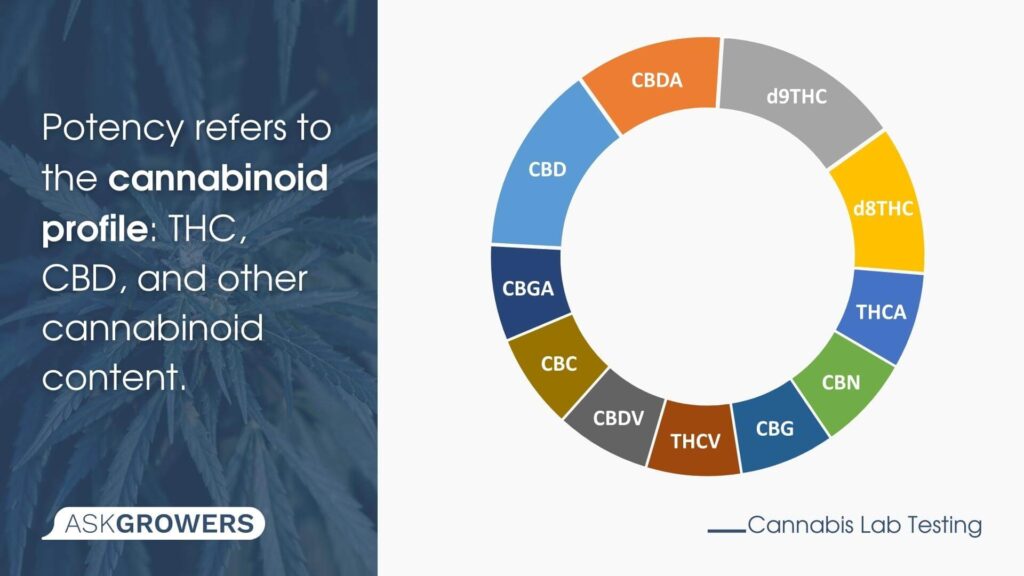
This is a little misleading, as the potency of a cannabis product has to do with the entire chemical profile, not just the THC and CBD contents. This includes other cannabinoids (CBN, CBG, etc.) and terpenes (myrcene, caryophyllene, etc.), but let’s not get too hung up on the name of the category. Understanding the numbers being produced is the most important part.
In short, the potency numbers typically find their way to the label of cannabis products. When it comes to dosing, this information can be incredibly useful. However, it is important to note that “potency” numbers say absolutely nothing about the quality of the product.
Some producers will go the extra mile (and expense) and get their cannabis tested for the full spectrum of chemicals. This is when you see compounds like THCV, CBG, and CBN show up on the package.
What Shouldn’t Be in Your Cannabis
There is a lot that comes between the seed and sale of cannabis. Farmers use their skills to coax a plant to its genetic potential. The flower then needs to be properly dried, cured, and stored before it is eventually brought to a lab for testing. Once approved, the cannabis material is able to be packaged for sale and processing.
In other words, there are a lot of steps for something to go wrong! Contamination can happen at every level of production, so labs need to make sure they are testing for a range of contaminants that reflect the different levels of handling. These contaminants fall into three categories: chemical, microbial, and physical.
Chemicals on the Plant
Chemical contaminants can be found at two levels of production. Cultivators can use chemicals like pesticides and growth regulators. Each state will dictate which chemicals are legal for cultivators to use and how much residual residue can be on the final product.
This leads some people to try and find products that are more organic in nature. Now, the official title of “organic” can’t be used on cannabis products because the USDA is the only organization that can give that designation, but there are organizations that have stepped in to fill the void. “Clean Green Certified” is a common label to find on cannabis products that meet an organic standard.
According to Ini Afia, Chief Science Officer, CannaSafe Labs, "Pesticide’s analysis is very important at all stages as many outdoor growers have found that even when they do not use a particular pesticide, their neighboring farms might use foliar sprays which the wind subsequently carries and deposits on their crops. Therefore, it is important that growers are aware of their surrounding farms and any potential pesticides that could be carried with the wind onto their cultivars."
were found in circulation.
Residual Chemicals in Concentrates
Chemicals are also looked for in the oil being produced by extraction labs. Cannabis oils are often made from solvents like: butane, propane, and ethanol. It is normal for there to be tiny amounts of residual solvents in oil after processing (unless you have solventless oil). However, there are limits to how much can be left behind. Each state is going to have their own restrictions.
Microbial Counts
Microbial contamination is one of the biggest problems that cannabis cultivators face. Fungus, mold, and powdery mildew are the result of too much moisture. This is also why some states require that the moisture content of samples is tested. They don’t want mold forming after the product is packaged!
Humans can also bring contamination into the picture. Cannabis touches a lot of hands during packaging and processing, and, if those hands haven’t been sterilized, they can have a lot of things on them that you don’t want showing up on your cannabis. This includes spores, but it also includes things like Salmonella and E. Coli.
Physical Contaminants & Heavy Metals
Lastly, labs are going to test for physical contaminants and heavy metals. This includes things like hair, dirt, arsenic, mercury, and lead. Physical contaminants are pretty straightforward, but where do heavy metals come from?
Heavy metals can be found in the soil in which a plant was grown, as well as the nutrients used to help the plant grow. These heavy metals can be absorbed by the plant and find their way into the finished product. This is why organic farming includes taking care of the soil.
The Tests
Labs will either use analytical chromatography, mass spectrometry, or nuclear magnetic resonance spectroscopy to test cannabis samples. Of these options, analytical chromatography is the least efficient and most expensive tool for the job.

There are two different options for this type of test: gas chromatography (GC) or high-performance liquid chromatography (HPLC). HPLC is typically preferred, as the gas chromatography will heat up the cannabis sample—decarbing the sample in the process.
HPLC involves dissolving the sample into a solvent and introducing that liquid to an absorbent. Based on the rate a compound moves through this absorbent (each compound having their own color on the absorbent strip), the test can confirm how much of a compound is in the sample.
This kind of test is expensive because it relies on solvents and, when compared to the other tests, it takes a long time to get results. So, it is easy to imagine this tech getting phased out in the coming years.
Mass Spectrometry (MS), like the name suggests, uses the mass of the compounds to come up with its results. This process involves ionizing the compounds in the sample, introducing them to a magnetic field, and measuring the deflection rate of the compounds. This information is placed into a spectrum (unique to each compound) and used to determine how much of each compound is in a sample.
The big drawback for both HPLC and MS testing is that they both destroy the sample; therefore, there is no opportunity to retest a sample to confirm a result. Nuclear magnetic resonance spectroscopy (NMRS) tests, on the other hand, are incredibly fast and come with the added benefit of not destroying the sample.
This test sends radio waves at a cannabis sample. As a result, the nuclei of the compounds in the sample start to vibrate, and those vibrations are detected by receivers. The NMRS machine is able to measure the changes that occur in the magnetic field that surrounds the nuclei. They can then create a map of the compound content of the sample.
Considering the speed and efficiency of NMRS, it is clear why many labs are choosing to move in that direction.
Testing Standards by State
Now that we have an idea of what testing entails and what we want (and don’t want) to see in our cannabis, let’s take a closer look at the unique requirements that each state has for their cannabis products. To keep things simple, we’ll limit the list to states where you can legally purchase cannabis products.
We’ve chosen the following 6 key weed testing parameters, each giving a state a total of two points (12 points max):
- Cannabinoid Potency
- Chemicals
- Microbial
- Physical Contaminants & Heavy Metals
- Terpene Profiling
- Pesticides
At the end of this article, we’ll decide on which US state has the most points, testing cannabis better than the others!
Read More About Marijuana Laws In The Following States: Michigan, Colorado, Illinois, South Dakota, Alaska, Maine, Montana, New Jersey, Washington, Massachusetts, Maryland
Alaska
Alaska tests for potency, microbial, residual solvents, chemicals, physical contaminants, and heavy metals. It took a few years to get these standards into place, but Alaska now does an excellent job of testing their cannabis.
| CANNABINOID POTENCY | YES |
| CHEMICALS | YES |
| MICROBIAL | YES |
| PHYSICAL CONTAMINANTS & HEAVY METALS | YES |
| TERPENE PROFILING | NO |
| PESTICIDES | NO |
| TOTAL SCORE: | 8 |
Arizona
Like many other states, Arizona started their medical cannabis market with zero regulations for testing. They have recently changed course, and as of November 2020, they have determined that cannabis should be tested for potency, microbial, heavy metals, and chemicals (including growth regulators, residual solvents, pesticides, herbicides; fungicides).
| CANNABINOID POTENCY | YES |
| CHEMICALS | YES |
| MICROBIAL | YES |
| PHYSICAL CONTAMINANTS & HEAVY METALS | YES |
| TERPENE PROFILING | NO |
| PESTICIDES | YES |
| TOTAL SCORE: | 10 |
Arkansas
There are no specific laws governing the testing of cannabis in Arkansas. However, all labs are required to hold accreditation through an organization like the National Institute of Drug Abuse, the National Environmental Laboratory Accreditation Conference, International Organization for Standardization.
| CANNABINOID POTENCY | YES |
| CHEMICALS | YES |
| MICROBIAL | YES |
| PHYSICAL CONTAMINANTS & HEAVY METALS | YES |
| TERPENE PROFILING | NO |
| PESTICIDES | YES |
| TOTAL SCORE: | 10 |
California
California is another state that started with lax testing laws, only to have to create more strict standards after contaminated products (which had been “tested”) were found in circulation.
Ini Afia, Chief Science Officer, CannaSafe Labs, says: “California already has some of the most stringent regulations in the country relating to cannabis and its analyses.” They now test for potency, terpene profile, microbial, moisture content, chemicals (pesticides and residual solvents), heavy metals, and other physical contaminants.
| CANNABINOID POTENCY | YES |
| CHEMICALS | YES |
| MICROBIAL | YES |
| PHYSICAL CONTAMINANTS & HEAVY METALS | YES |
| TERPENE PROFILING | YES |
| PESTICIDES | YES |
| TOTAL SCORE: | 12 |
Colorado
Another state that had the opportunity to learn from their mistakes. However, Colorado now has a robust cannabis testing policy in place. They test for cannabinoid potency, microbial contamination, residual solvents, heavy metals (elemental impurities), pesticides, and other contaminants.
| CANNABINOID POTENCY | YES |
| CHEMICALS | YES |
| MICROBIAL | YES |
| PHYSICAL CONTAMINANTS & HEAVY METALS | YES |
| TERPENE PROFILING | NO |
| PESTICIDES | YES |
| TOTAL SCORE: | 10 |
Connecticut
Connecticut is another state that is doing it right. They test for potency, microbial contamination, mycotoxins, heavy metals, and chemicals (pesticides). However, they also require a lab work out the terpene profile. This is usually a luxury on products in other states.
| CANNABINOID POTENCY | YES |
| CHEMICALS | YES |
| MICROBIAL | YES |
| PHYSICAL CONTAMINANTS & HEAVY METALS | YES |
| TERPENE PROFILING | YES |
| PESTICIDES | YES |
| TOTAL SCORE: | 12 |
Delaware
Delaware legalized medical cannabis in 2011. They have since added legislation to decriminalize cannabis throughout the state and expunge qualifying criminal records related to cannabis. Their medical dispensaries are referred to as “compassion centers.”
When it comes to testing, Delaware requires that producers check for cannabinoids, terpenes, residual chemicals, microbes, and physical contaminants. They do not, however, require that cultivators test for heavy metals.
| CANNABINOID POTENCY | YES |
| CHEMICALS | YES |
| MICROBIAL | YES |
| PHYSICAL CONTAMINANTS & HEAVY METALS | NO |
| TERPENE PROFILING | YES |
| PESTICIDES | NO |
| TOTAL SCORE: | 8 |
District of Columbia
Washington, DC, has very thorough testing requirements for cannabis. They test for moisture content, water activity, potency (cannabinoid and terpene profile), foreign matter, microbial, mycotoxin, heavy metals, pesticides, residual solvents, and even homogeneity in edibles.
| CANNABINOID POTENCY | YES |
| CHEMICALS | YES |
| MICROBIAL | YES |
| PHYSICAL CONTAMINANTS & HEAVY METALS | YES |
| TERPENE PROFILING | YES |
| PESTICIDES | YES |
| TOTAL SCORE: | 12 |
Florida
Florida has one of the strictest cannabis testing regulations. Cannabis tested in Florida could easily meet and even exceed the compliance standards of other states, even California.
In Florida, cannabis providers test finished products for 67 pesticides and 21 residual solvents. Also, marijuana is tested for potency, microbial contaminants, heavy metals, filth, foreign materials, and water content. Terpene profile testing is optional in Florida.
It’s worth mentioning that in Florida, laboratories focus on testing finished products rather than raw materials. For an end user, it means that the shelf-ready product is tested, including the packaging, which can sometimes be the source of contamination and heavy metals leaching.
| CANNABINOID POTENCY | YES |
| CHEMICALS | YES |
| MICROBIAL | YES |
| PHYSICAL CONTAMINANTS & HEAVY METALS | YES |
| TERPENE PROFILING | YES |
| PESTICIDES | YES |
| TOTAL SCORE: | 12 |
Georgia
Cannabis is only legal in Georgia as low-THC hemp oil. All testing is geared toward making sure the hemp does not exceed 5% THC. That’s why Georgia’s total cannabis testing score is 0.
Hawaii
Since Hawaii’s medical cannabis market opened, they have had excellent testing requirements. They test for potency, heavy metals, pesticides, residual solvents, physical contaminants, moisture content, and microbial contaminants. It is always great when a medical cannabis market can open, and the patients can trust their medicine won’t hurt them.
| CANNABINOID POTENCY | YES |
| CHEMICALS | YES |
| MICROBIAL | YES |
| PHYSICAL CONTAMINANTS & HEAVY METALS | YES |
| TERPENE PROFILING | NO |
| PESTICIDES | YES |
| TOTAL SCORE: | 10 |
Illinois
Illinois has had medical cannabis for about five years, and they recently legalized cannabis for recreational use. Similar to Delaware, Illinois tests for everything that made our contamination list except heavy metals and terpenes.
| CANNABINOID POTENCY | YES |
| CHEMICALS | YES |
| MICROBIAL | YES |
| PHYSICAL CONTAMINANTS & HEAVY METALS | YES/NO |
| TERPENE PROFILING | NO |
| PESTICIDES | YES |
| TOTAL SCORE: | 9 |
Maine
Originally, Maine made it illegal to use pesticides and contaminants in cultivation. However, similar to Florida, cultivators were allowed to operate with no official mandates for testing. Maine rethought their testing policies after people started getting sick from tainted cannabis products.
Their new legislation required that cannabis be tested for chemical, microbial, heavy metals, and physical contaminants. However, they once again relied upon the honor system for enforcement. Now that recreational cannabis is legal in Maine, it will be interesting to see if their honor system lasts long. As of today, Maine is doing a pretty great job at testing cannabis!
| CANNABINOID POTENCY | YES |
| CHEMICALS | YES |
| MICROBIAL | YES |
| PHYSICAL CONTAMINANTS & HEAVY METALS | YES |
| TERPENE PROFILING | YES |
| PESTICIDES | YES |
| TOTAL SCORE: | 12 |
Maryland
Maryland recently changed their testing requirements to include heavy metals in both cannabis flower and oil. After it was discovered that tainted vape cartridges were getting people sick, Maryland was responsible enough to quickly make an adjustment. Maryland also requires that cannabis is tested for microbes, physical contaminants, and residual chemicals.
| CANNABINOID POTENCY | YES |
| CHEMICALS | YES |
| MICROBIAL | YES |
| PHYSICAL CONTAMINANTS & HEAVY METALS | YES |
| TERPENE PROFILING | NO |
| PESTICIDES | YES |
| TOTAL SCORE: | 10 |
Massachusetts
Massachusetts may have the most thorough testing requirements in the United States. They require a cannabinoid profile, heavy metals, pesticides, microbial contamination, mycotoxins, residual solvents, and Vitamin E acetate. They also have specific testing for specific types of cannabis products. For example, residual solvents only need to be tested for in products that require solvents to be made. It’s rare when cannabis laws are this thorough and make this much sense.
| CANNABINOID POTENCY | YES |
| CHEMICALS | YES |
| MICROBIAL | YES |
| PHYSICAL CONTAMINANTS & HEAVY METALS | YES |
| TERPENE PROFILING | NO |
| PESTICIDES | YES |
| TOTAL SCORE: | 10 |
Michigan
Similar to Massachusetts, Michigan does a great job of intelligently constructing testing requirements that make sense. They also responded to the vape crisis by prohibiting Vitamin E acetate from products. However, they also took the extra step of banning all additives that are not approved by the FDA as an inhalant. That distinction is incredibly important. All states should adopt this policy.
| CANNABINOID POTENCY | YES |
| CHEMICALS | YES |
| MICROBIAL | YES |
| PHYSICAL CONTAMINANTS & HEAVY METALS | YES |
| TERPENE PROFILING | NO |
| PESTICIDES | YES |
| TOTAL SCORE: | 10 |
Minnesota
Minnesota went with the self-policing strategy for cannabis. Labs create their own standards, and they are simply told to “conduct sampling and testing using acceptance criteria that are protective of patient health.” They too decided to prohibit Vitamin E acetate after the vape scare. Minnesota might be the only state on this list to not have their self-policing policy blow up in their face.
| CANNABINOID POTENCY | YES |
| CHEMICALS | YES |
| MICROBIAL | YES |
| PHYSICAL CONTAMINANTS & HEAVY METALS | YES |
| TERPENE PROFILING | NO |
| PESTICIDES | YES |
| TOTAL SCORE: | 10 |
Missouri
Missouri only recently opened their legalized medical cannabis market. It looks like the people that created the laws did their research around testing, as they came out with strong testing requirements very quickly. They test for cannabinoids, residual chemicals, microbial contaminants, heavy metals, and other physical contaminants.
| CANNABINOID POTENCY | YES |
| CHEMICALS | YES |
| MICROBIAL | YES |
| PHYSICAL CONTAMINANTS & HEAVY METALS | YES |
| TERPENE PROFILING | NO |
| PESTICIDES | NO |
| TOTAL SCORE: | 8 |
Montana
All third-party cannabis testing labs in Montana are required to meet International Organization for Standardization (ISO). The reason more states do not simply require all labs to be ISO accredited is probably because it can be quite expensive for a lab to attain their accreditation.
| CANNABINOID POTENCY | YES |
| CHEMICALS | YES |
| MICROBIAL | YES |
| PHYSICAL CONTAMINANTS & HEAVY METALS | YES |
| TERPENE PROFILING | NO |
| PESTICIDES | YES |
| TOTAL SCORE: | 10 |
Nevada
Maybe it’s because Nevada folks are accustomed to working under heavy regulations because of the Casino industry, but Nevada does an excellent job of testing their cannabis products. They test for residual chemicals, microbial infestation, physical contaminants, and heavy metals.
The one drawback to Nevada’s testing is that the heavy metals category could be expanded to include more compounds. For example, they are currently required to test for arsenic, cadmium, lead, and mercury. However, there are other metals that are commonly used in vape carts that should also be added to the list, like nickel.
| CANNABINOID POTENCY | YES |
| CHEMICALS | YES |
| MICROBIAL | YES |
| PHYSICAL CONTAMINANTS & HEAVY METALS | YES |
| TERPENE PROFILING | NO |
| PESTICIDES | YES |
| TOTAL SCORE: | 10 |
New Hampshire
New Hampshire is unique in its requirements, as it includes mandated testing for potency, chemical, microbial, pesticides, and physical contaminants. However, it makes no mention of heavy metals. New Hampshire only allows medical cannabis, and you might have noticed a trend at this point.
It’s interesting to note that a lot of the states that exclusively have medical cannabis are the states with the most lax testing requirements. You would think that if cannabis is thought of as a medicine, it would require more testing, but it seems that the maturity of a market into the recreational space actually helps testing requirements get better.
| CANNABINOID POTENCY | YES |
| CHEMICALS | YES |
| MICROBIAL | YES |
| PHYSICAL CONTAMINANTS & HEAVY METALS | YES/NO |
| TERPENE PROFILING | NO |
| PESTICIDES | YES |
| TOTAL SCORE: | 8 |
New Jersey
Originally, the New Jersey Department of Public Health Services required that cultivators tested for things like pests, pesticides, mildew, mold, and heavy metals. However, they never offered an official list of contaminants for which labs should test.
They also used a randomized approach to testing. However, instead of just testing products before they got to dispensaries, the state of New Jersey would also randomly test products from dispensaries as a way to check quality control throughout the process.
New Jersey recently created the Cannabis Regulatory Commission to regulate the cannabis marketplace. It is still in its infancy. However, there is hope that it will bring more organization and better standards for testing to the state.
| CANNABINOID POTENCY | NO |
| CHEMICALS | NO |
| MICROBIAL | YES |
| PHYSICAL CONTAMINANTS & HEAVY METALS | YES |
| TERPENE PROFILING | NO |
| PESTICIDES | YES |
| TOTAL SCORE: | 6 |
New Mexico
New Mexico has always done a great job with their testing program. Since 2015, they have required cannabis to be tested for cannabinoids, terpenes, residual solvents, pesticides, heavy metals, and microbial contamination. More importantly, they have shown a willingness to refine their policies around testing as new information about cannabis emerges.
| CANNABINOID POTENCY | YES |
| CHEMICALS | YES |
| MICROBIAL | YES |
| PHYSICAL CONTAMINANTS & HEAVY METALS | YES |
| TERPENE PROFILING | YES |
| PESTICIDES | YES |
| TOTAL SCORE: | 12 |
New York
New York was surprisingly late to the legal cannabis game. However, when the market did finally open, quality testing requirements were already in place through their medical program. They test for cannabinoid profile, chemical contaminants, heavy metals, pesticides, growth regulators, microbial contaminants, and other physical contaminants.
| CANNABINOID POTENCY | YES |
| CHEMICALS | YES |
| MICROBIAL | YES |
| PHYSICAL CONTAMINANTS & HEAVY METALS | YES |
| TERPENE PROFILING | NO |
| PESTICIDES | YES |
| TOTAL SCORE: | 10 |
North Dakota
No pesticides are allowed to be used in North Dakota’s medical marijuana market. In addition to testing for pesticides, they require testing for microbial contaminants, mycotoxins, heavy metals, water activity, moisture content, residual solvents, and potency.
| CANNABINOID POTENCY | YES |
| CHEMICALS | NO |
| MICROBIAL | YES |
| PHYSICAL CONTAMINANTS & HEAVY METALS | NO/YES |
| TERPENE PROFILING | NO |
| PESTICIDES | YES |
| TOTAL SCORE: | 7 |
Ohio
Another state that currently has intelligent requirements for testing cannabis. They test for all the usual suspects: potency (THC, CBD, CBN), moisture content, water activity, physical contaminants, microbial contaminants, mycotoxins, heavy metals, pesticides, fertilizer residue, and residual solvents.
| CANNABINOID POTENCY | YES |
| CHEMICALS | YES |
| MICROBIAL | YES |
| PHYSICAL CONTAMINANTS & HEAVY METALS | YES |
| TERPENE PROFILING | NO |
| PESTICIDES | YES |
| TOTAL SCORE: | 10 |
Oklahoma
In 2019, the Oklahoma Medical Marijuana Authority was put in charge of creating standards for which all labs in Oklahoma must adhere. Up until this point, independent labs were able to create their own standards for testing cannabis in their medical market.
As of 2021, Oklahoma’s requirements for testing are robust. However, only labs that are started after the new testing standards go into effect are required to meet them. All existing labs are able to keep operating with their own standards in place.
| CANNABINOID POTENCY | YES |
| CHEMICALS | YES |
| MICROBIAL | YES |
| PHYSICAL CONTAMINANTS & HEAVY METALS | NO/YES |
| TERPENE PROFILING | NO |
| PESTICIDES | NO |
| TOTAL SCORE: | 7 |
Oregon
The Pacific Northwest has been home to some of the best cannabis in the world for decades. With all this collective knowledge, it always amazes me how Oregon cannabis testing lacks regulation. Oregon requires that cannabis is tested for pesticides, moisture content, THC/CBD, and solvents.
As you might have noticed, Oregon does not require testing for heavy metals or microbial contamination. Considering there have been deaths associated with tainted vapes in Oregon, it is shocking that they have not expanded their testing to include these contaminants.
| CANNABINOID POTENCY | YES |
| CHEMICALS | YES |
| MICROBIAL | YES |
| PHYSICAL CONTAMINANTS & HEAVY METALS | NO |
| TERPENE PROFILING | NO |
| PESTICIDES | YES |
| TOTAL SCORE: | 8 |
Pennsylvania
Pennsylvania is another example of a state that is doing a great job with their testing. Pennsylvania not only tests for potency, terpenes, residual pesticides, residual solvents, microbial contamination, heavy metals, and other physical contaminants, they also provide specific ranges for which these contaminants are allowed to exist in samples.
Pennsylvania experiences significant fluctuations in their humidity throughout their growing season. This makes things like mold and fungus especially common. Thankfully Pennsylvania has solid testing practices in place.
| CANNABINOID POTENCY | YES |
| CHEMICALS | YES |
| MICROBIAL | YES |
| PHYSICAL CONTAMINANTS & HEAVY METALS | YES |
| TERPENE PROFILING | YES |
| PESTICIDES | YES |
| TOTAL SCORE: | 12 |
Rhode Island
Medical cannabis was legalized in Rhode Island in 2006. However, it wasn’t until January 14 of this year that Rhode Island decided to finally create any type of standard for testing cannabis. Sure there were labs operating and tests were being performed, but it was all being done on the honor system. It has been said that labs will be testing for things like potency, microbials, heavy metals, and physical contaminants.
| CANNABINOID POTENCY | YES |
| CHEMICALS | NO |
| MICROBIAL | YES |
| PHYSICAL CONTAMINANTS & HEAVY METALS | YES |
| TERPENE PROFILING | NO |
| PESTICIDES | NO |
| TOTAL SCORE: | 6 |
Texas
In Texas, cannabis is illegal for recreational and cultivational needs. For medical purposes, Texas only allows low-THC/high-CBD for people who are severely ill. However, the application system for receiving permission to use these products is poorly run. There are currently no requirements for testing in the state of Texas. Same as Georgia, Texas doesn’t get any scores for marijuana testing because there’s none.
Utah
Utah has a very new medical cannabis market. However, it also has very intense requirements around testing. Cannabis products are required to be tested for microbial contaminants, heavy metals, pesticides, and residual solvents. Utah also sets specific standards for each category of contaminant. It is interesting that they note that a cannabis flower that does not pass microbial testing can still be used to make concentrates.
| CANNABINOID POTENCY | YES |
| CHEMICALS | YES |
| MICROBIAL | YES |
| PHYSICAL CONTAMINANTS & HEAVY METALS | YES |
| TERPENE PROFILING | NO |
| PESTICIDES | YES |
| TOTAL SCORE: | 10 |
Vermont
The regulations for testing cannabis in Vermont are a bit strange. They currently have no requirements for testing. However, the state of Vermont Marijuana Commission has set forth recommendations for testing. They have yet to act upon these recommendations.
| CANNABINOID POTENCY | YES |
| CHEMICALS | YES |
| MICROBIAL | YES |
| PHYSICAL CONTAMINANTS & HEAVY METALS | YES |
| TERPENE PROFILING | NO |
| PESTICIDES | NO |
| TOTAL SCORE: | 8 |
Virginia
Virginia is one of the leading US states where cannabis weed testing regulations are at the top of the game. Virginia requires cannabis to be tested for a limited amount of cannabinoids (THC, THCa, CBD; CBDa), microbial, mycotoxins, heavy metals, residual solvents, terpene profiling, and pesticides residue.
| CANNABINOID POTENCY | YES |
| CHEMICALS | YES |
| MICROBIAL | YES |
| PHYSICAL CONTAMINANTS & HEAVY METALS | YES |
| TERPENE PROFILING | YES |
| PESTICIDES | YES |
| TOTAL SCORE: | 12 |
Washington
Initially, Washington tested for everything but heavy metals and pesticides. The main reason Washington was not testing for these substances was because farmers were arguing about the added cost of testing for them. However, Washington recently mandated that all cannabis samples be optionally tested for heavy metals and pesticides.
| CANNABINOID POTENCY | YES |
| CHEMICALS | YES |
| MICROBIAL | YES |
| PHYSICAL CONTAMINANTS & HEAVY METALS | NO/YES |
| TERPENE PROFILING | NO/YES |
| PESTICIDES | NO/YES |
| TOTAL SCORE: | 9 |
West Virginia
In March of 2021, West Virginia gave out their first license to a lab for cannabis testing. As of right now, there are no specifics about testing requirements other than “The lab is expected to perform a broad range of testing to ensure products are safe for patient medical use.”
| CANNABINOID POTENCY | YES |
| CHEMICALS | YES |
| MICROBIAL | YES |
| PHYSICAL CONTAMINANTS & HEAVY METALS | YES |
| TERPENE PROFILING | NO |
| PESTICIDES | NO |
| TOTAL SCORE: | 8 |
Top States Where Cannabis Is Tested the Best
At AskGrowers, we decided to create a chart to find out what American state tests cannabis the best.
Each state that incorporates one of these parameters into their cannabis testing mechanism is awarded two points per each parameter. For incorporating all of these parameters, a state can be awarded a total of 12 points.

The list of US states that have the best cannabis testing regulations (12/12 points) includes:
- California
- Connecticut
- District of Columbia
- Florida
- Maine
- New Mexico
- Pennsylvania
- Virginia
And so... *drum beat* the US state that has the most thorough and cutting-edge cannabis testing regulations is... CALIFORNIA! Congratulations to our weed testing champion state!
NB: It’s worth noting that most US states have pretty high cannabis testing requirements. However, most states, besides our winners here, won’t test cannabis for terpenes profile, which is actually the new black in the world of weed, getting all the hype in the marijuana community.
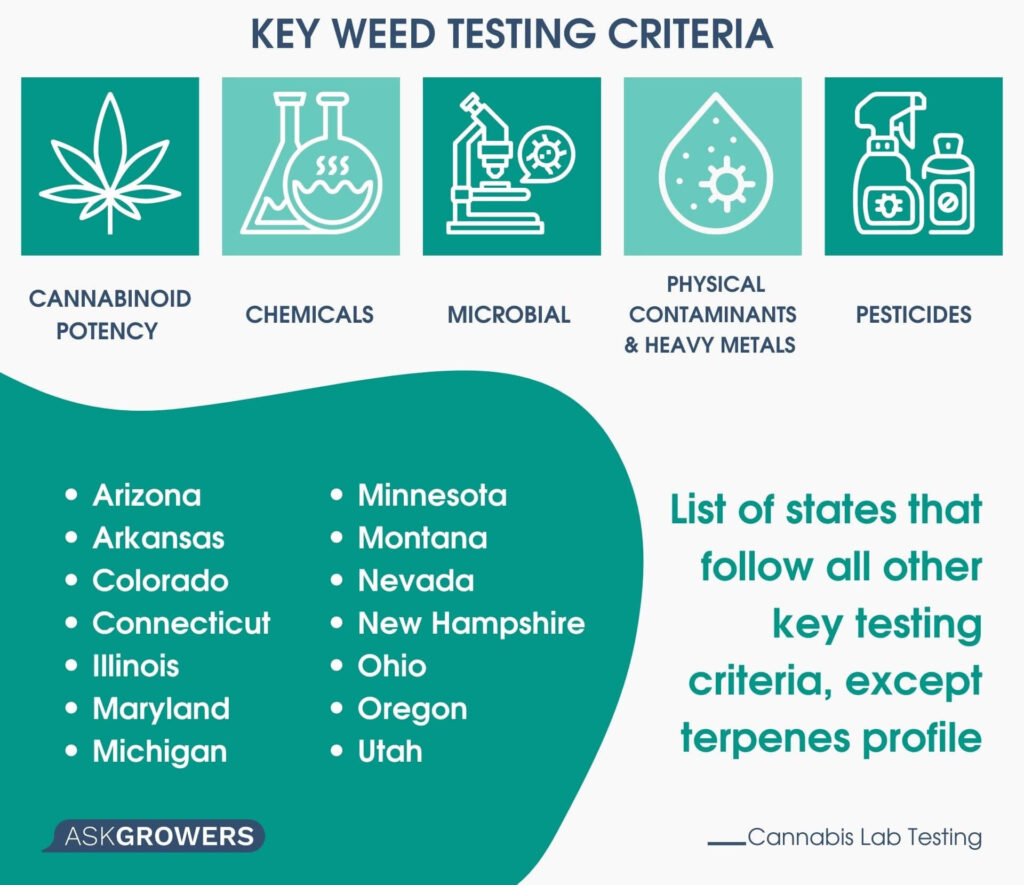
That said, the list of runner-up US states that haven’t started testing cannabis for terpenes profile yet, but follow all the other key weed testing criteria, includes:
- Arizona
- Arkansas
- Colorado
- Connecticut
- Illinois
- Maryland
- Michigan
- Minnesota
- Montana
- Nevada
- New Hampshire
- Ohio
- Oregon
- Utah
There’s Always Room for Improvement
It is clear that testing can still improve in most places in the US, especially when it comes to terpenes. Roger Brown, President and Founder of ACS Laboratory, thinks that testing cannabis for terpenes and flavonoids, which is another emergent cannabinoid testing parameter, is the trend for the future. “Terpenes testing has been around for a few years. The newest trend is flavonoids, and at ACS Laboratory, we test for 16 of them across every type of cannabis product. Flavonoids are gaining a lot of traction because they, like terpenes, influence cannabis’ therapeutic and flavor profile. Most flavonoids exist in all plants, but Cannflavin A and B, for example, are unique to cannabis and have been shown to deliver powerful pain-relieving properties. Those who haven’t tested for flavonoids yet are missing the boat in their ability to market the benefits to curious consumers.”
One of the advantages of buying cannabis from the legal market is testing, at least it should be. The gray cannabis market is still active. However, they do not have the luxury of getting their products tested in a lab. Especially with all the taxes placed on top of legal cannabis, the consumer should know their cannabis is safe to consume. It costs a lot more than gray market cannabis, it should come with the extra guarantees.
A great example of this is the recent vaping scare. Off-market vape cartridges were being filled with Vitamin E acetate to thin the cannabis oil. Vitamin E acetate is cleared to be used in things like nutritional supplements and body creams. However, it has not been proven to be safe for inhalation. This ended up getting people sick.
The issue for cannabis cultivators is that testing can be expensive. The more extensive the list of compounds for which they want to test their cannabis, the more expensive the test. This cost will trickle down to the consumer. States that do not have strict testing requirements put cultivators that value the health and safety of the people consuming their product at a disadvantage.
These states also put the consumer at a disadvantage. Consumers have the right to know what is going into their body. They should know the risks associated with consuming. Cannabis does not need special treatment; it just needs the same standards that apply to every other consumable product in the market. This requires that the people who make the regulations have an understanding of cannabis and how it is processed.
Conclusion
Despite all the downfalls and challenges, it is important to note that, even in states that have lax regulations, there are cultivators and processors that choose to go the extra mile and get their products tested. These are people with a deep understanding of cannabis and value the well-being of the customers. A little research can go a long way in finding a brand you can trust. They will take pride in their work and testing, and they’ll usually be happy to share all about it.
One of the benefits of federal legalization could be a national standard that governs the testing of cannabis—like the FDA or USDA. Let’s hope those organizations are intelligent about testing as well as knowledgeable about how the cannabis market works, so they can be standards from which everyone can benefit.
References
https://www.commerce.alaska.gov/web-Portals/9/pub/MCB/Statutes-And-Regulations/CannabisTesting.pdf
https://www.healthy.arkansas.gov/program-services/topics/medical-marijuana-resources
https://bcc.ca.gov/about_us/documents/17-261_required_testing_chart.pdf
https://cdphe.colorado.gov/laboratory-services/inspection-of-marijuana-testing-facilities
https://dcregs.dc.gov/Common/DCMR-RuleDetail.aspx?RuleId=R0038597
http://ilga.gov/commission/jcar/admincode-008/008010000F05100R.html
https://www.michigan.gov/documents-mra/2019-70_LR_Marihuana_Sampling_and_Testing-694522_7.pdf
https://www.revisor.mn.gov/rules-4770.1900/
https://health.mo.gov/about-proposedrules/pdf/19CSR-30-95.070.pdf
https://leg.mt.gov/bills/mca/title-0500/chapter_0460/part_0030/section-0260/0500-0460-0030-0260.html
https://www.dhhs.nh.gov/oos/tcp-documents/hec402ipannotated.pdf
https://www.nj.gov/health/medical-marijuana/documents/final-rules.pdf
http://nmlegis.gov/handouts/LHHS-20101617%20Item%209%20medical-cannabis%20testing.pdf
https://regs.health.ny.gov/content/section-100414-laboratory-testing-requirements-medical-marihuana
https://www.legis.nd.gov/information-acdata/pdf/33-44-01.pdf
https://codes.ohio.gov/ohio-revised-code/section-3796.21
https://oklahoma.gov/content/dam/ok-en/omma/docs/rules/Rules-(website-version)%2007-07-2021.pdf
https://www.oregon.gov/oha/PH-PREVENTION-WELLNESS-SUBSTANCEUSE/Pages/vaping.aspx
https://rules.sos.ri.gov/regulations-part/216-60-05-6
https://rules.utah.gov/publicat/bull-pdf/2019/b20190715.pdf
https://law.lis.virginia.gov/admincode/title-18/agency110/chapter60/section300/

 Industry
Industry

.jpg)
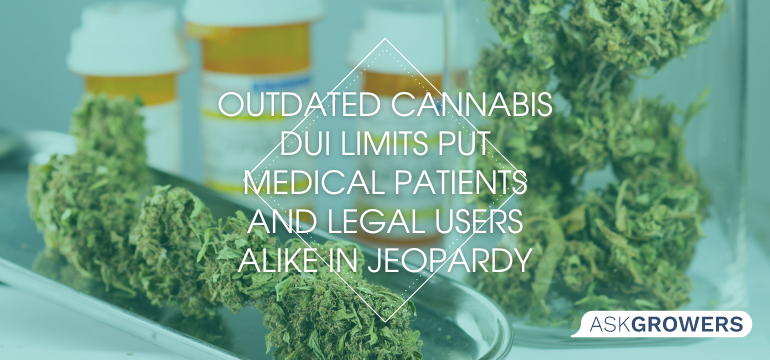

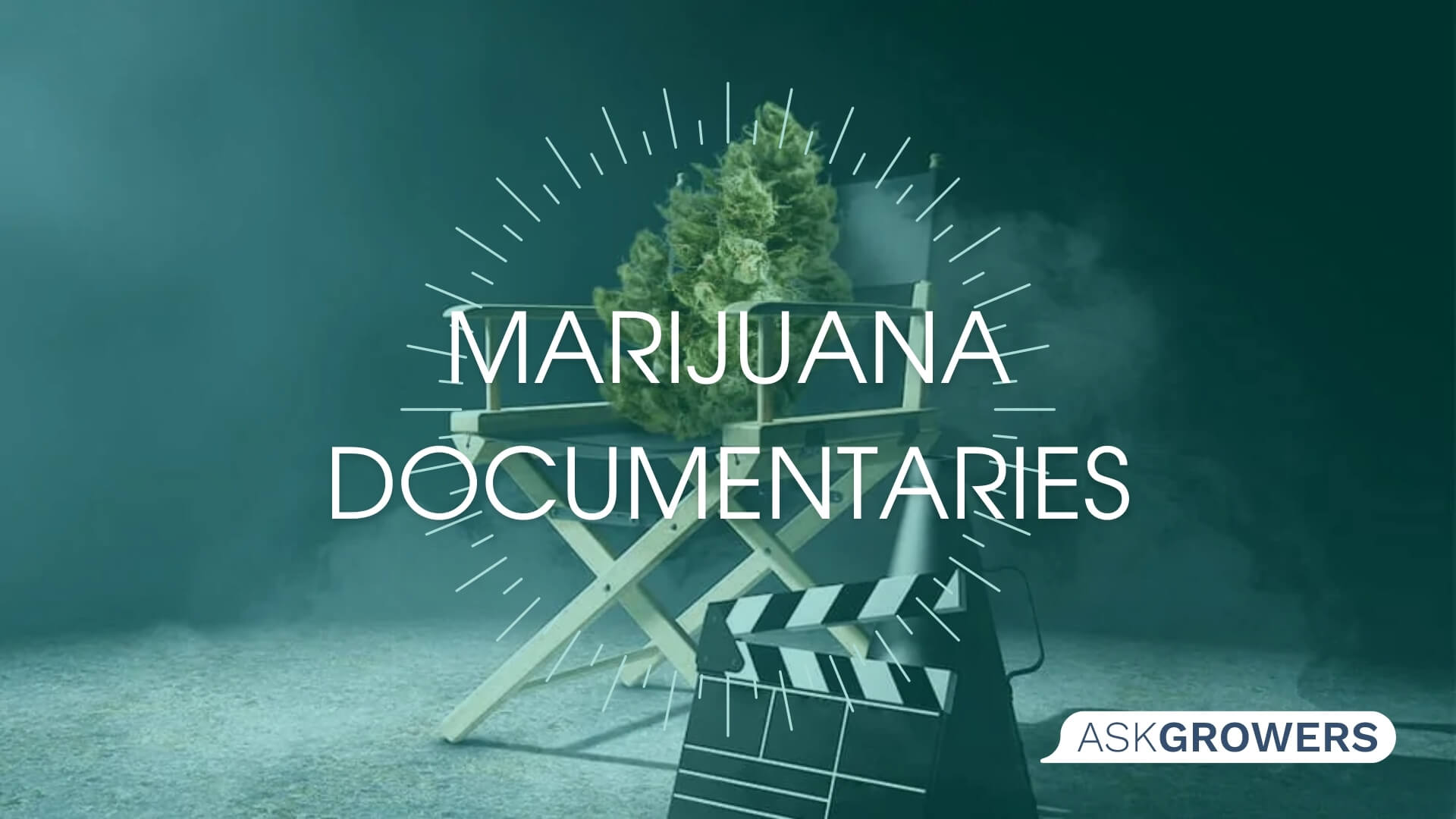
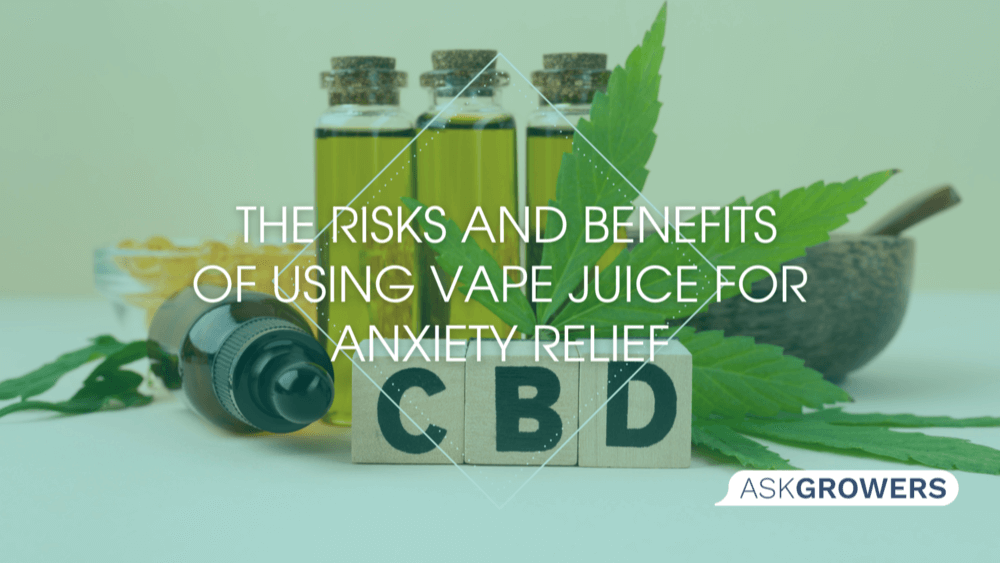

 (1).png)
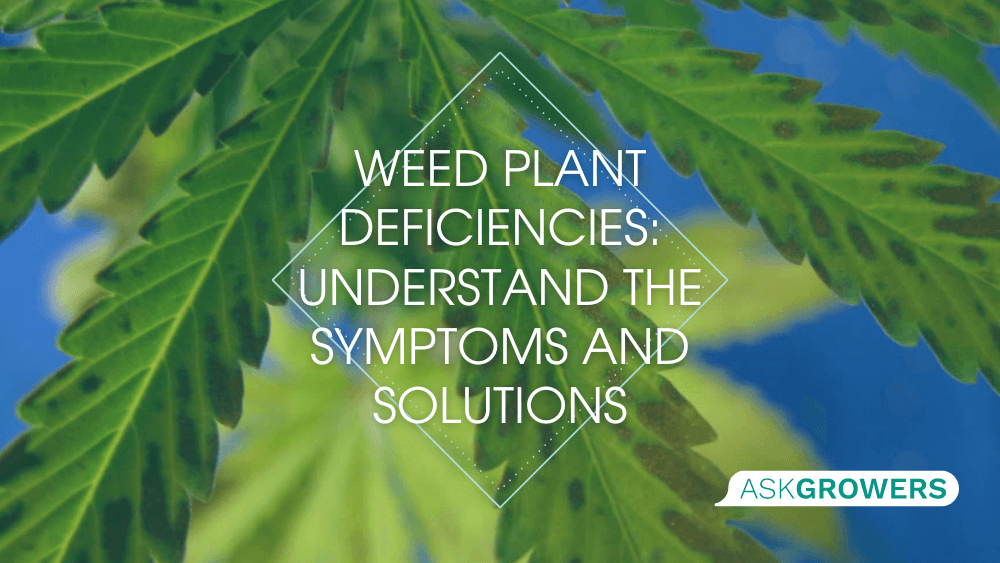

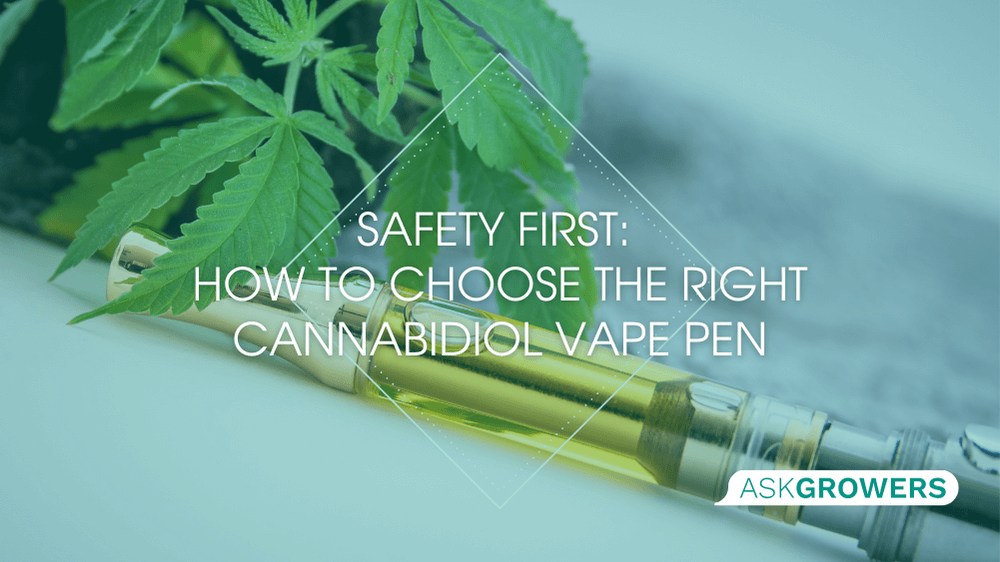
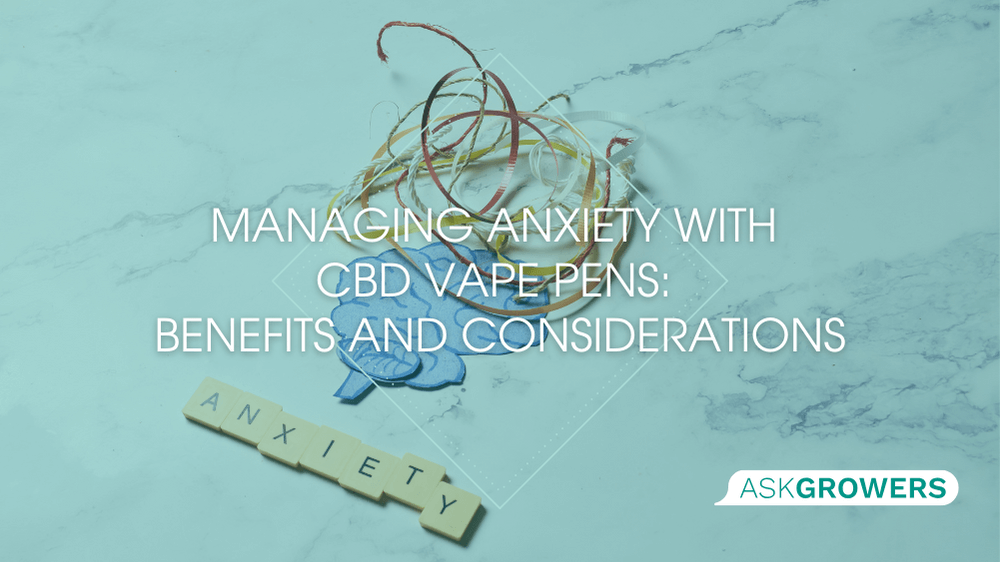
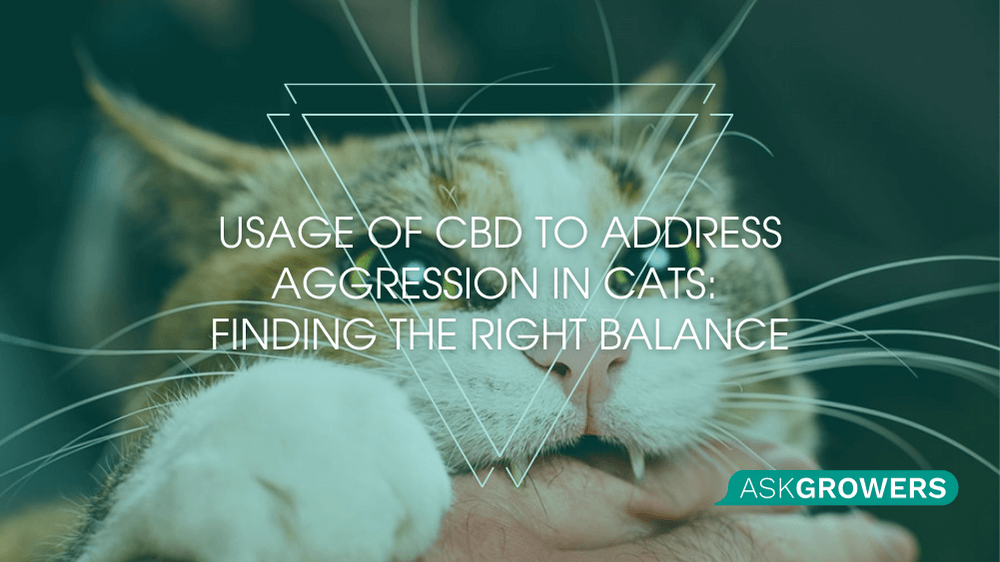
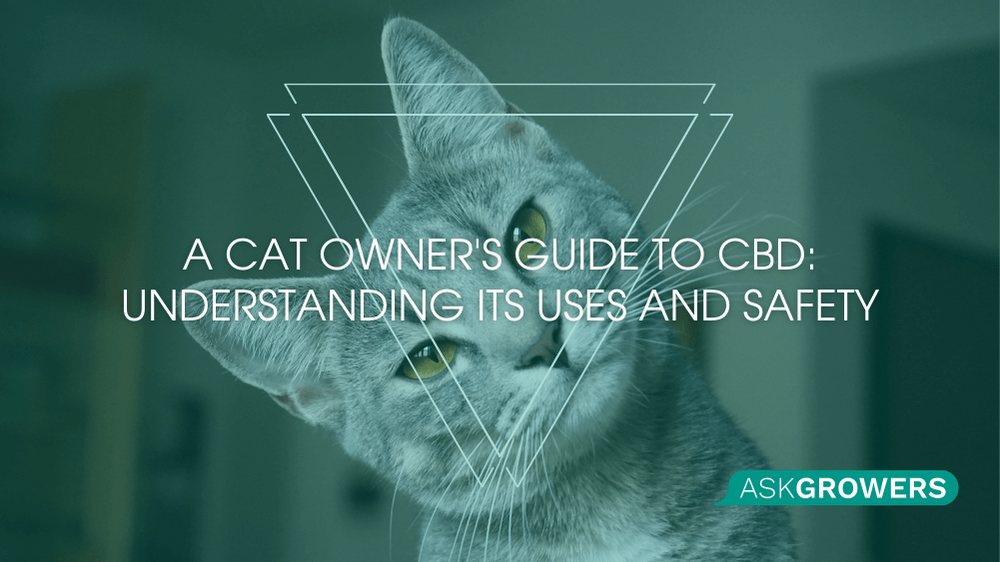
Be the first and share your opinion
Write a Review